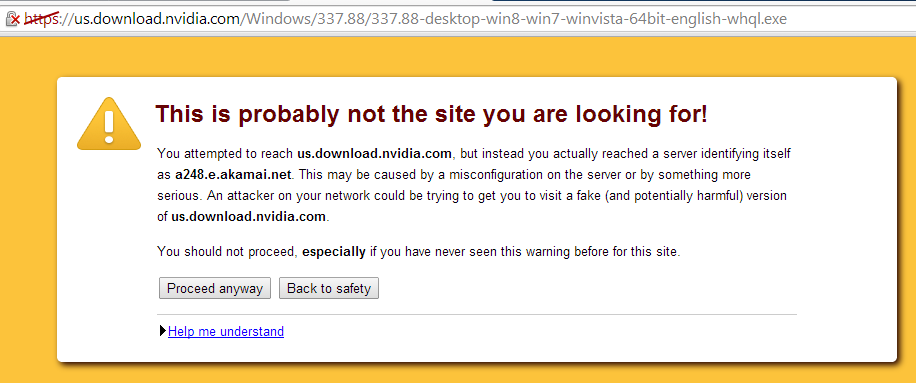According to Box Help, direct linking to files is only supported for paid accounts; however, I found that it is possible to link directly to a file with a free account. Just create your own direct URL using the following format https://app.box.com/index.php?rm=box_download_shared_file&shared_name=<SHARE_NAME>&file_id=<FILE_ID>
<SHARE_NAME> is the random alphanumeric string that is part of a share link. For example https://app.box.com/s/sn5mfs7esv0w35ybeoa5. This standard share link takes you to a page where you can view an online preview of the file and click a download button to get the actual file.
<FILE_ID> is the numeric identifier for the file which appears at the end of the URL when editing the file. For example https://app.box.com/files/0/f/0/1/f_33678058764
The direct link for this example would be https://app.box.com/index.php?rm=box_download_shared_file&shared_name=sn5mfs7esv0w35ybeoa5&file_id=f_33678058764
Since this isn’t officially supported, Box may always update the service to prevent this.


